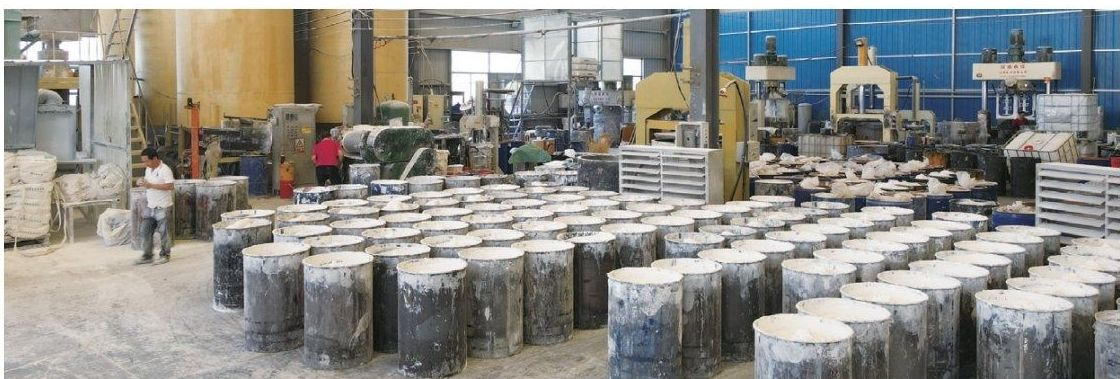Products Description
YN-668 Acetic Silicone Glass Sealant is one-part room temperature acetoxy silicone sealant. It has excellent weather ability,waterproof and good adhesion to most construction materials.It is suitable for sealing,repairing, glazing and mending of glass,auto windscreen,glazing for window panels and other general building materials bonding.
Features & Benefits
1.100% silicone sealant;
2.One-part room temperature cured silicone sealant;
3.Good adhesion to glass and ceramic materials;
4.Fast cure, cure-in-depth is more than 2 mm after 24 hrs;
5.Keep flexibility at-40℃-150C after cured.
Applications
1.Glass cabinet and glass shop-window adhesion and sealing;
2.Window and door glass, indoor and outdoor glass break-ing adhesion and sealing;
3.Glass and ceramic material adhesion and sealing.
| Consumption (approx.) |
| Joint Width | 6mm | 9mm | 12mm |
| Joint Depth | 6mm | 6mm | 6mm |
| Efficiency/300ml | 8meters | 6meters | 4meters |
| Consumption (approx.) |
| Following cleaning procedure and materials are recommended: |
| Glass | Degrease with alcohol or MEK |
| Aluminium, light alloys and stainless steel | Degrease with alcohol or MEK |
| Other Metals | Lightly abrade then degrease as above |
| Wood | Lightly abrade surface then remove dust |
| Plastics | Degrease using an agent recommended by plastics manufacturer |
Standards
Meets or exceeds the requirements of the following specifications:
1.ISO 11600 F & G 20LM;
2.CE marked for EN 15651 for façade, glazing and sanitary;
3.The requirements of VOC content specifications in LEED credit EQc4.1 "Low-emitting products" of SCAQMD rule 1168.

Storage & Shelf Life
Stored properly in a dry and well-ventilated place below 30℃.
Usable life is 12 months in original package.
For more information refer to package.
Safety & Disposal
Be careful the application temperature. When the substrates surface is over than 50℃, it is easy to cause fast-cure or bubbles. When the substrates temperature is lower than 5℃, it is easy to slow-cure. And also, a layer of indiscernible fog is formed on the surface of substrates, which affects the cohesive, so it should be wiped with a piece of dry cloth or heat blow drier.
Instructions
Minimum joint width of 6 mm.
1.Minimum joints depth of 6 mm.
2.For larger joints the width of the joint should be greater than the sealant depth,recommended the ratio of joint width to depth is 2:1.
3.Avoid 3 sided adhesion: Apply backer rod or bond breaker tape in the base of the joint to ensure the sealant is only bonded to the sides of the joint and is free to move to its full capacity under joint movement.
| TDS |
| Performance | Standard | Measured Value | Testing Method |
| Test at 50±5%RH and tempera ture 23±2℃: |
| Density(g/cm3) | 0.98g/ml | 0.96 | GB/T13477 |
| Tack-Free Time(min) | ≤180 | 8 | GB/T13477 |
| Extrusion g/5S | ≥20 | 50 | GB/T13477 |
| Tensile Modulus (Mpa) 23℃ | ≤0.4 | 0.38 | GB/T13477 |
| -20℃ | or ≤0.6 | 0.55 |
|
| 105℃ weight loss,24hr % | / | 38 | GB/T13477 |
| Slumpability(mm)vertical | ≤3 | 0 | GB/T13477 |
| Slumpability(mm)horizontal | Not change shape | Not change shape | GB/T13477 |
| Curing Speed(mm/d) | 2 | 3.5 | / |
| As Cured-After 21 days at 50±5%RH and temperature 23±2℃ |
| Hardness(Shore A) | 20~60 | 26 | GB/T531 |
| Tensile Strength under |
|
|
|
| Standard Conditions(Mpa) | / | 0.17 | GB/T13477 |
| Elongation of Rupture(%) | / | 400 | GB/T13477 |
| Movement Capability(%) | 12.5 | 12.5 | GB/T13477 |
| Skin Formation | 6-7minutes |
|
|
 Tel: +86-15966176633
Tel: +86-15966176633

